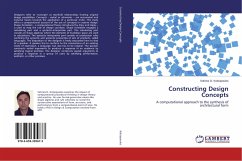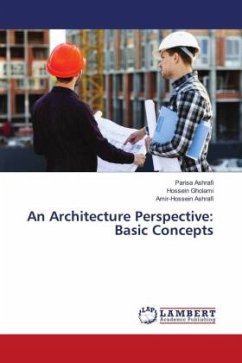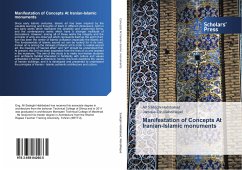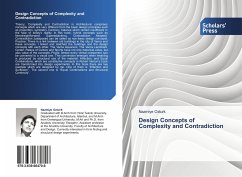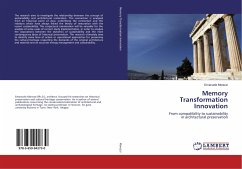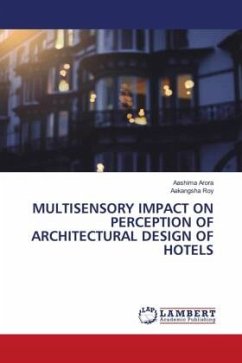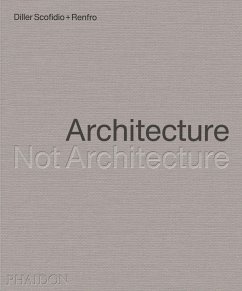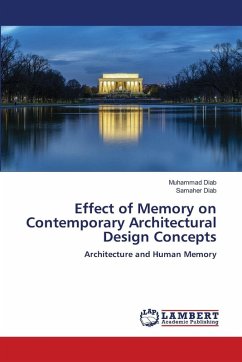
Effect of Memory on Contemporary Architectural Design Concepts
Architecture and Human Memory
Versandkostenfrei!
Versandfertig in 6-10 Tagen
53,99 €
inkl. MwSt.

PAYBACK Punkte
27 °P sammeln!
Memory is a vital force in architecture, shaping creativity, identity, and spatial experience. It acts not only as a mental archive but as an active design tool. From Frank Lloyd Wright's flowing forms to Daniel Libeskind's symbolic structures, memory has inspired architectural innovations rooted in personal and collective histories. Architects often draw on cultural traditions and personal experiences to create meaningful spaces that connect past and present. Case studies like the Jewish Museum in Berlin and the Museum of Islamic Art in Doha show how memory can inform spatial design, material...
Memory is a vital force in architecture, shaping creativity, identity, and spatial experience. It acts not only as a mental archive but as an active design tool. From Frank Lloyd Wright's flowing forms to Daniel Libeskind's symbolic structures, memory has inspired architectural innovations rooted in personal and collective histories. Architects often draw on cultural traditions and personal experiences to create meaningful spaces that connect past and present. Case studies like the Jewish Museum in Berlin and the Museum of Islamic Art in Doha show how memory can inform spatial design, material choices, and symbolism. This research explores how memory bridges heritage and innovation, turning buildings into living archives that reflect cultural values, emotions, and narratives. Architecture becomes not only a shelter but also a vessel for preserving human experience.



